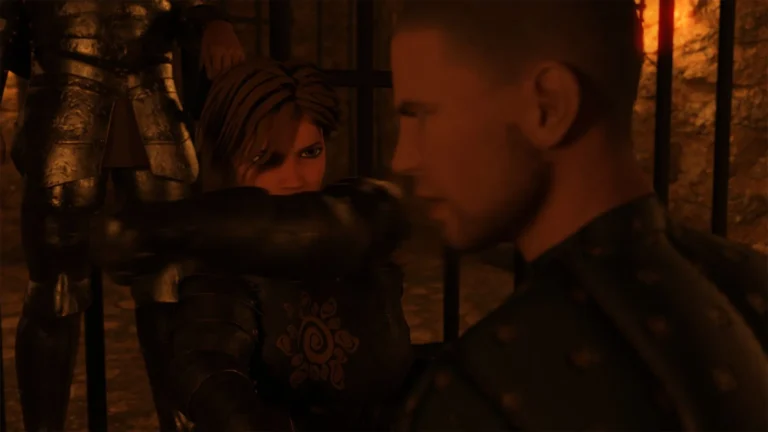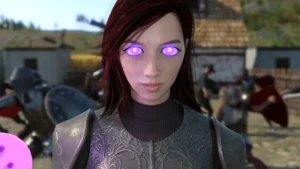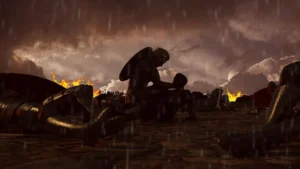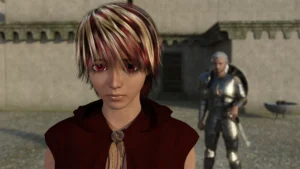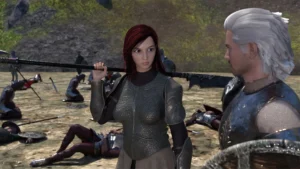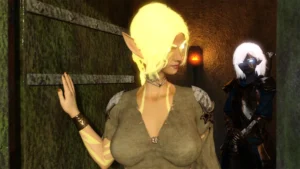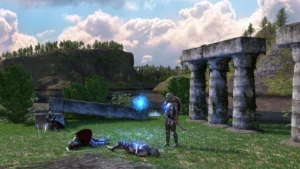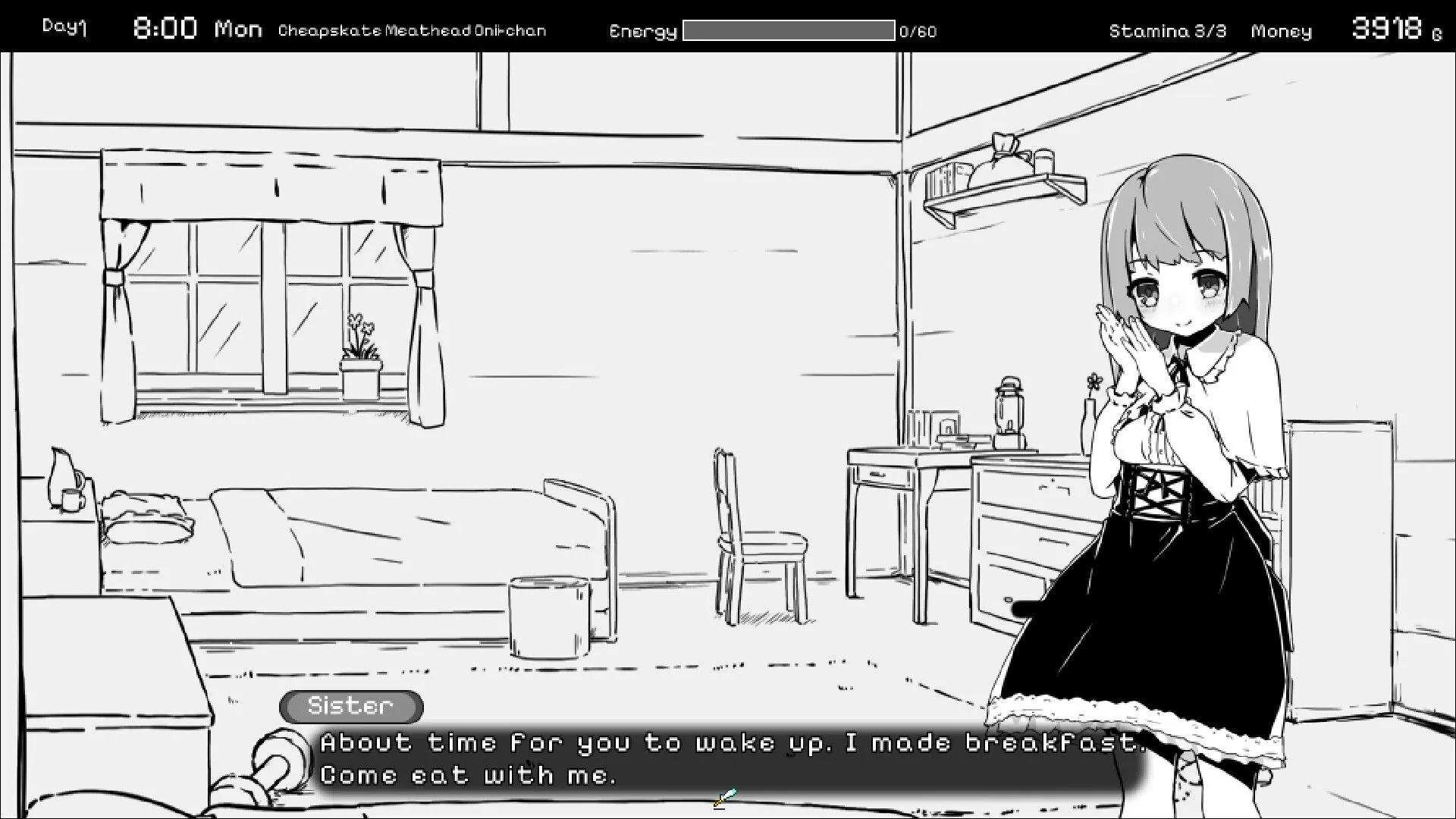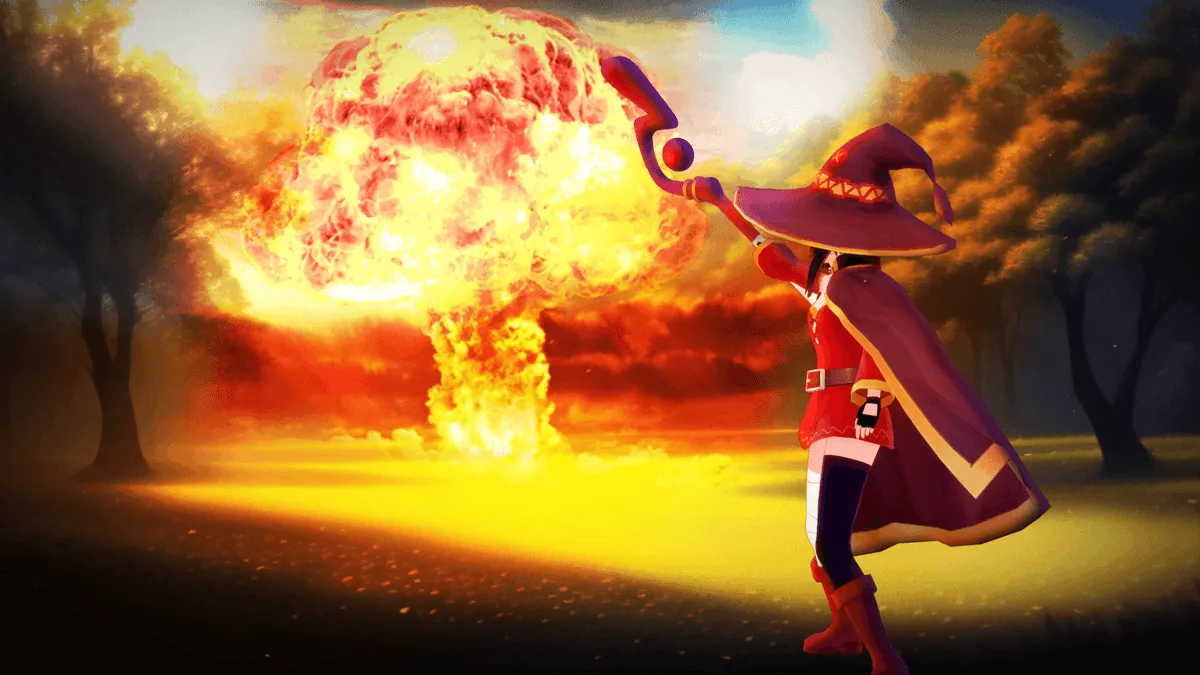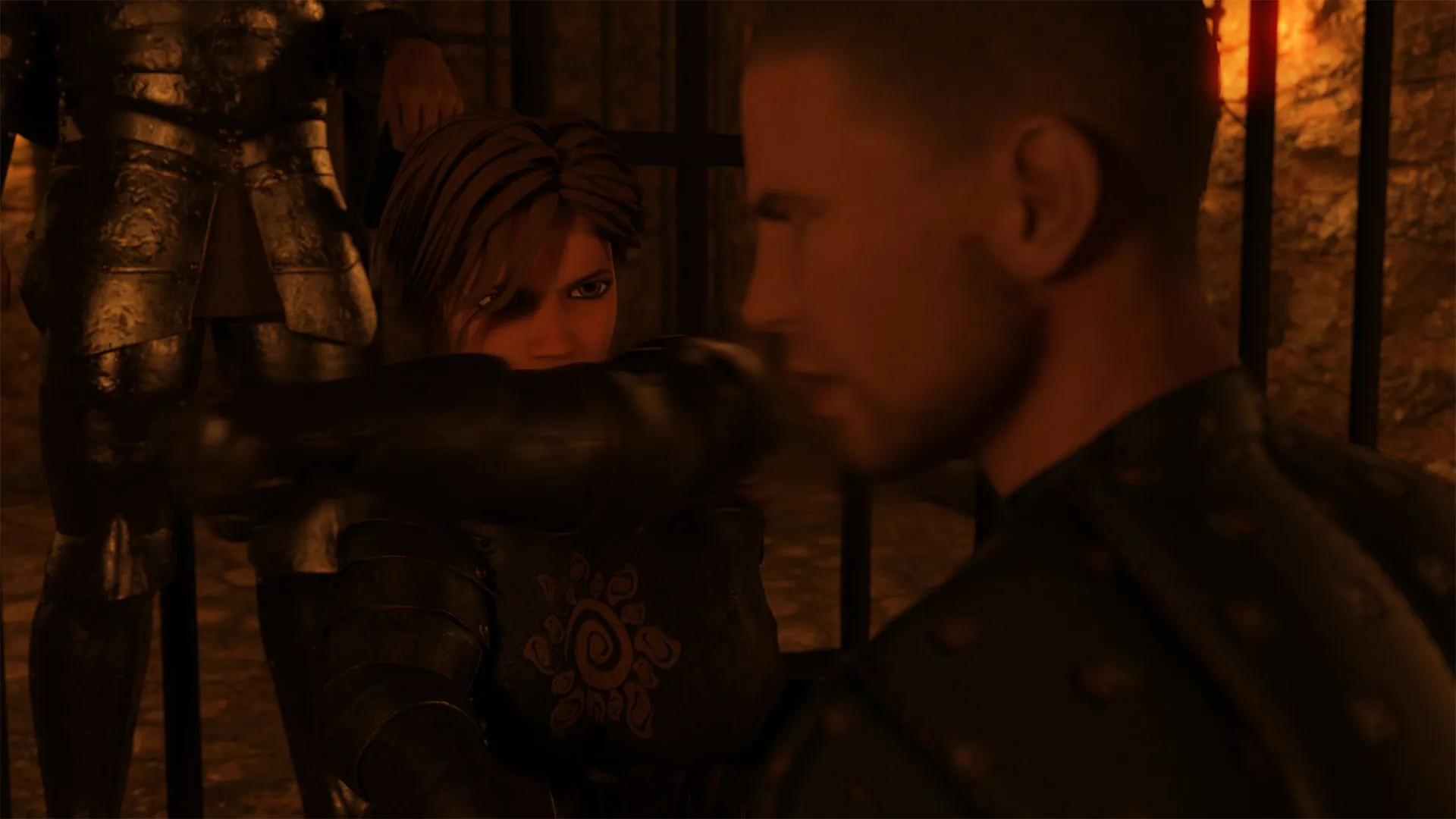
Play After the Inferno
After the Inferno review
Exploring the Features, Gameplay, and Unique Aspects of After the Inferno
After the Inferno is a distinctive game that has captured attention for its immersive storytelling and interactive gameplay. This article dives deep into what makes After the Inferno stand out, from its narrative structure to its gameplay features. Whether you’re a newcomer or a returning player, this guide will provide valuable insights and personal experiences to enhance your understanding and enjoyment of the game.
Exploring After the Inferno: Gameplay and Storyline
What is After the Inferno? An Overview
Picture waking up in a world scorched by celestial war, where every ash-covered ruin holds a secret, and every survivor has an agenda. That’s After the Inferno game in a nutshell! 🔥 This isn’t just another fantasy RPG—it’s a raw, immersive dive into a broken realm where player choices don’t just tweak dialogue; they rewrite destinies. You play as a “Forged One,” resurrected from the ashes without memories, thrown into a power struggle between fallen gods, desperate mortals, and things far stranger.
The After the Inferno storyline grips you fast. I remember stumbling into the smoldering city of Ember’s Rest, thinking I’d just barter for supplies… only to get entangled in a rebellion against a zealot cult within minutes. 😳 No hand-holding here! The game trusts you to piece together lore through environmental clues, cryptic journals, and conversations where every word matters.
Key Gameplay Mechanics and Player Interaction
After the Inferno gameplay blends tactical combat, deep exploration, and dialogue systems where your tone and choices ripple outward. Think of it as chess meets a thriller novel! ⚔️📖 The core loop? Explore ruins ➔ Uncover faction secrets ➔ Make allies (or enemies) ➔ Face explosive consequences.
Combat is strategic and punishing. Forget button-mashing! Positioning, elemental affinities (fire heals some foes!), and leveraging the environment are crucial. I learned this the hard way when I arrogantly charged a magma beast… only to watch my tank incinerate because I ignored its “heat aura” mechanic. 🙈
But the real magic? Interactive gameplay in After the Inferno. Every major decision—sparing a traitor, sabotaging a ritual, gifting a relic—triggers the “Consequence Engine.” This isn’t just “+5 Reputation.” It’s entire questlines vanishing, towns turning hostile, or unexpected allies showing up hours later to save you.
| Gameplay Feature | Player Impact |
|---|---|
| Dynamic Dialogue System | Choices alter NPC loyalty, unlock hidden paths, or trigger betrayals |
| Faction Reputation | Gaining favor with the Shadow Weavers might make the Iron Guard hunt you |
| Environmental Interaction | Collapsing bridges, igniting gas leaks, or corrupting shrines reshape battles |
Pro Tip: Talk to everyone twice. Many After the Inferno characters reveal critical intel or quest triggers on repeat chats! 🗣️
Narrative and Character Development in After the Inferno
Let’s talk about Kaelen, the scarred mercenary with a pet lava salamander. 🦎 I found him bleeding out in a sulfur mine. The game gave me three choices: heal him (costing rare herbs), rob him, or… leave him as bait for pursuing enemies. I chose mercy. Days later, when a corrupted god ambushed my party, Kaelen burst from the shadows, tanking the killing blow. That’s the After the Inferno storyline—your compassion (or cruelty) has weight.
The After the Inferno characters are masterfully flawed. From Lyra, the guilt-ridden ex-priestess hiding her divine spark 💫, to Garrok, the golem literally piecing together his lost memories—each companion’s arc evolves through your actions. Ignore their personal quests? They might desert you… or worse, sabotage your mission.
The narrative’s brilliance? It weaves player agency into its core themes of rebirth and consequence. Early on, I lied to a desperate mother about her missing son’s fate to gain her trust. Much later, that lie resurfaced when she led a mob against me, screaming “You knew he was dead!” Chilling. 😨
How to play After the Inferno effectively?
Embrace roleplay consistency. Pick a moral alignment (pragmatic survivor, righteous redeemer, cunning manipulator) and stick to it. The game rewards—and punishes—commitment.
Unlike other RPGs, After the Inferno player choices avoid binary “good vs evil.” Instead, you navigate brutal shades of gray. Sacrificing one village to save a city isn’t “evil”—it’s survival with a cost that haunts your playthrough. This interactive gameplay in After the Inferno makes victories feel earned and losses deeply personal.
Why It Stands Apart
What makes this After the Inferno game unique? The synergy between its heart-wrenching storyline and unforgiving gameplay. Your choices aren’t just checkboxes; they’re seismic shifts. Plus, the world lives. Factions clash dynamically—you might return to a hub to find it burned down because you ignored a warning.
Final Advice: Save often, explore exhaustively, and talk to your companions after every major event. Their reactions add layers to the After the Inferno gameplay you’ll miss otherwise. And brace yourself—no two playthroughs tell the same story. ✨
After the Inferno offers a compelling blend of interactive gameplay and rich storytelling that appeals to players seeking an engaging experience. By understanding its mechanics and narrative depth, players can fully appreciate the unique elements that set this game apart. Whether you’re exploring its characters or navigating its challenges, After the Inferno promises an immersive journey worth diving into. Ready to experience it yourself? Jump in and discover what lies beyond the flames.
